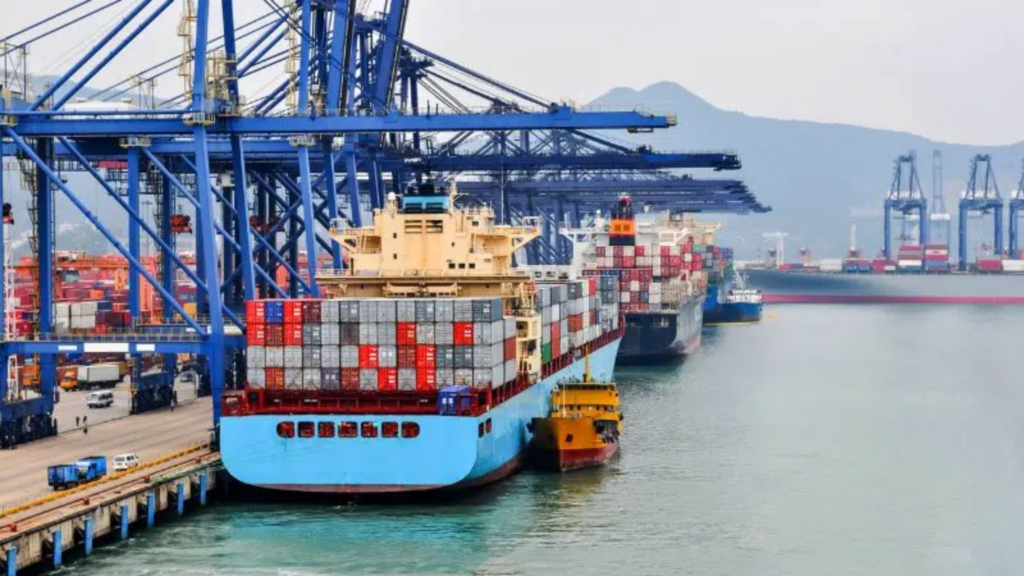Onshore Power Supply (OPS), or “cold ironing,” is transforming ports by allowing ships to shut down their auxiliary engines and plug into the electrical grid. This reduces air and noise pollution and offers long-term cost savings.

Operational Benefits:
- Emission & Noise Reduction: OPS cuts CO2 emissions by over 57% and also reduces NOx and SOx emissions by about a third.
- Cost Savings & Efficiency: Despite initial investments, OPS lowers fuel and maintenance costs, attracting vessels seeking sustainable options.
- Grid Reliability: OPS provides grid stability, requiring infrastructure planning to meet power demands (2-12 MW).
Regulatory Benefits:
- FuelEU Maritime Regulation: As of January 1, 2025, this regulation mandates OPS, penalizing non-compliance with fines or port restrictions.
- Sustainability & Market Positioning: OPS enhances a company’s green reputation, and helps companies secure market positions by adopting green strategies.
- Monitoring & Reporting: OPS demands transperancy for its energy usage, in order to streamline adapting evolving regulations.
- Financial Support OPS makes compliance more feasible by looking at the possiblity of public funding for infrastructure costs.
Environmental Impact:
- OPS reduces air pollution, as showcased by an 8.7% NOx and 11.74% SO2 emission reduction at the Port of Kaohsiung.
- Renewable energy integration can further reduce CO2 emissions by up to 57.16%.
- Stricter emissions regulations push the urgency of OPS to meet sustainability goals.
Challenges and Considerations:
- Financial and Economic Barriers: OPS requires substantial investment, and economic analyses for shipowners are often limited.
- Technological & Infrastructure Challenges: Compatibility between vessels and OPS infrastructure needs attention, and alternative fuel shifts complicate widespread OPS adoption.
- Regulatory & Social Considerations: Navigating compliance and engaging local communities for renewable projects is essential.
Case Studies: OPS in U.S. Ports:
Ports in Galveston, Miami, and Philadelphia are expanding OPS. California’s At-Berth Regulation drives OPS in six ports. Strategic planning and collaboration are vital for infrastructure integration and meeting emissions targets.
Azolla’s Verdict: OPS is a significant step toward electrification in shipping, offering environmental, economic, and regulatory advantages. Major shipowners are prioritizing AMP container retrofits. Early OPS adoption ensures quicker ROI, secures infrastructure access, and leverages financial incentives.